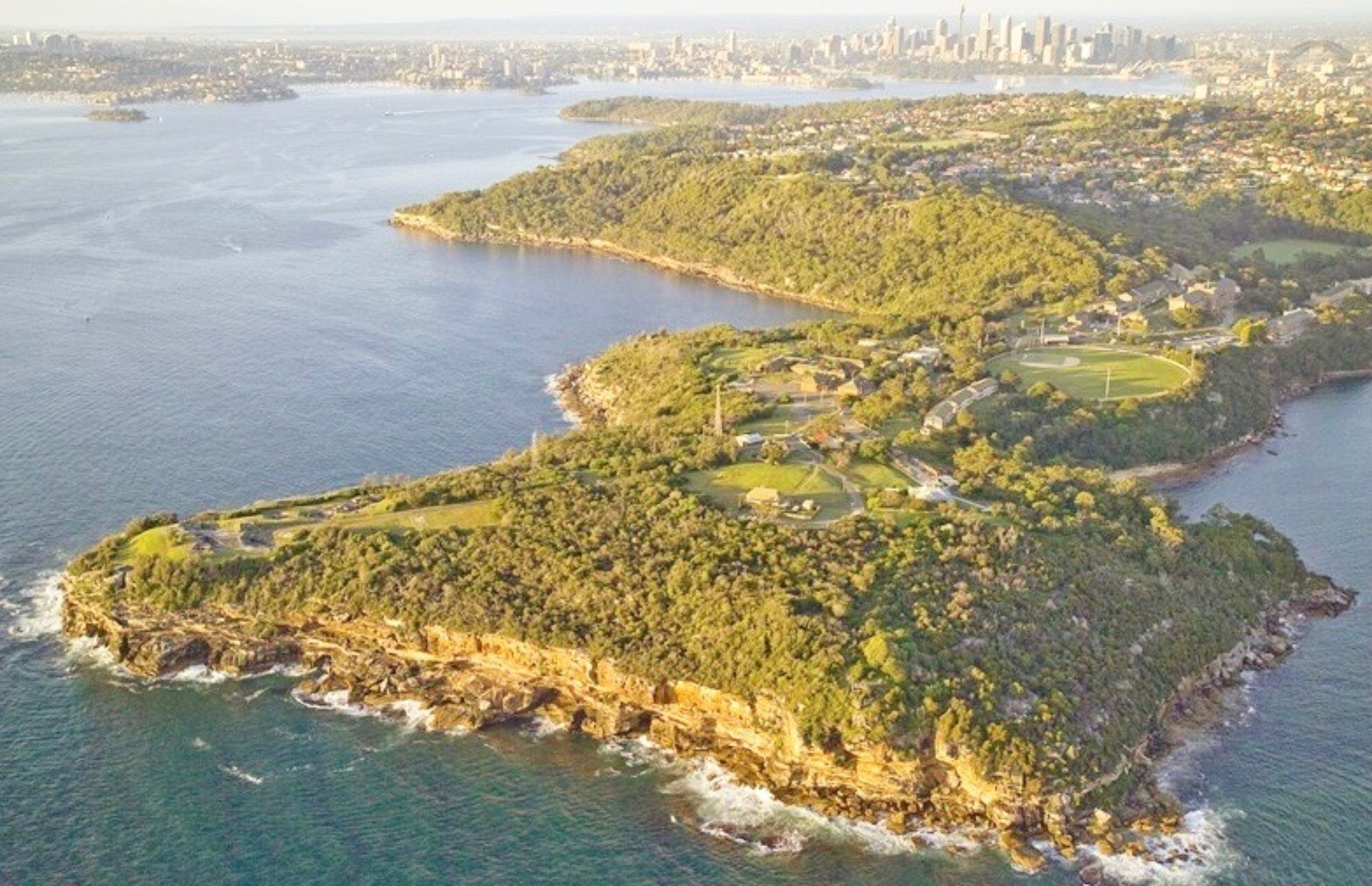Welcome to Cubba Cubba
The First People, who had lived around Sydney Harbour for more than 30,000 years before the 1st Convict Fleet sailed through Sydney head on 26-jan-1788, talked about Middle Head as ‘Cubba Cubba’. The mob that lived in the general area of the 2088, 2089 and 2090 postcodes of the 20th and 21st century were Gamaraigals, a sub-set of the 5,000 – 6,000 Eora people who called the ocean and Sydney Harbour coast line home.
The Eora Nation was defined by the common language that they spoke. But you would have heard different words used in the everyday language of the many sub-groups around Sydney Harbour
Gameraigals at Manly, North Sydney and probably Middle Head
_____ on what we now call Bradleys Head
______ around Sydney Cove and the southern side of Sydney Harbour
The Eora people also defined themselves by the food they ate. Sydney Harbour provided a bountiful source of fresh fish, crustaceans, oysters, pippis, congewoi in the clean salt water of the harbour. Lots of streams flowing into the harbour would have provided a reliable source of crystal clear fresh water. There would have been kangaroo, wallaby, possum, etc, to provide a source of meat, and the women probably collected parts of many plants to give them a balanced diet.
One historian estimated that Eora people could probably survive very well on just 3-4 hours fishing and gathering each day. So life for the Eora people was pretty “cruisy” and “laid back”, compared to many other Indigenous nations who did not have access to a plentiful food source like Sydney harbour.
Experiencing Cubba Cubba
We know a lot about how the Gamaraigals by what they left behind;-
lots of midden heaps close to the harbour edge,
carvings on the flat sandstone headlands at Berry Island and Bantry Bay,
words that were recorded on by people like William Dawes and written reports back to London by Governor Philip and his successors.
There is also an amazing amount of original source material in St Petersburg in Russia, in Paris and Dublin.
The Gamaraigal Tour will last about 180 minutes, from the time you get off your ferry at Chowder Bay, step off the 999 bus from Circular Quay or park your car at Clifton Gardens. You will be met by an experienced guide working for Gamaraigal Tours who will create the scene for you in Chowder bay before the First Fleet arrived on 26-jan-1788, and then the very different scene of about 1800.
Next you will walk north for about XXX minutes along the very easy Bungaree Trail up to Middle Head itself. Along the way your guide will show you examples or signs of flora and fauna that are relatively undisturbed since 1788 along this dramatic route.
The Bungaree Trail follows close to the high sandstone cliffs that define the eastern side of the Cubba Cubba National Park, where you will also see physical evidence of the military importance of Middle Head very soon after the First Europeans arrived in Sydney Harbour. Back in France Napoleon Bonaparte was threatening to send some ships to seize the fledging colony of Sydney from the British. So the Governors were told to prepare defences against the dastardly French republican navy. The first fort was established as early as 1802 <check date> with large permanent guns positioned to provide a deadly artillery barrage to any ships daring to sail into Sydney Harbour flying le tricoleur
At the Bungaree cafe you will be offered morning coffee, a light lunch or afternoon tea, which will be themed with delicacies that include the sort of bush tucker that the Gamaraigals probably collected nearby, or traded fish with people who had walked many kilometres from other mobs living inland around epping or the upper north shore.
The Gamaraigal Ranger will tell you what is known about the farm established by Governor Lachlan Macquarie on Georges Heights or Middle head on 31-jan-1815. Macquarie was looking for a way to occupy the remaining Eora people who had not died due to European diseases like small pox and measles that probably carried off 90% of the 5,000+ Eora people who were living around Sydney harbour in 1788. Bungaree, an Awabakal man from north of Broken Bay was selected by Macquarie to be the leader of the 70+ First People who Macquarie wanted to stay on Middle Head, far away from the attractions of alcohol and easy money to be made in Sydney Cove by Aboriginal men and women.
Macquarie’s intentions were quite enlightened for the time but the Bungaree Farm experiment was an almost total failure, except for the fishing done by Bungaree’s mob. They had been given a rowing boat and European style nets to catch fish in the harbour, which they already knew how to do quite effectively for 30,000+ year before 1788! They were encouraged to bring their excess fish catch into Sydney Cove, where any source of fresh food was very valuable to a colony that was struggling to establish European agriculture. At the end of your tour you will be able to catch a bus route ___ from outside HMAS Penguin navy base back to Wynyard in the Sydney CBD.
More information
Tours start from Chowder Bay at 10:00 and 14:00 each day and last up to 3 hours.
Tour ferries leave Circular Quay sharp at 09:30 and 13:30 to get you to Chowder Bay in time for the Gamaraigal Tour.
www.gamaraigal.cubbacubba.net.au
0418 XXX XXX
This conceptual brochure is an example of a small business opportunity that will be seized by one of the many Indigenous entrepreneurs now running successful businesses aimed at the tourism and hospitality sector, that is growing as rapidly as operators can set up their businesses. Existing examples include Kadoo Tours, Tribal Warrior and _____________

